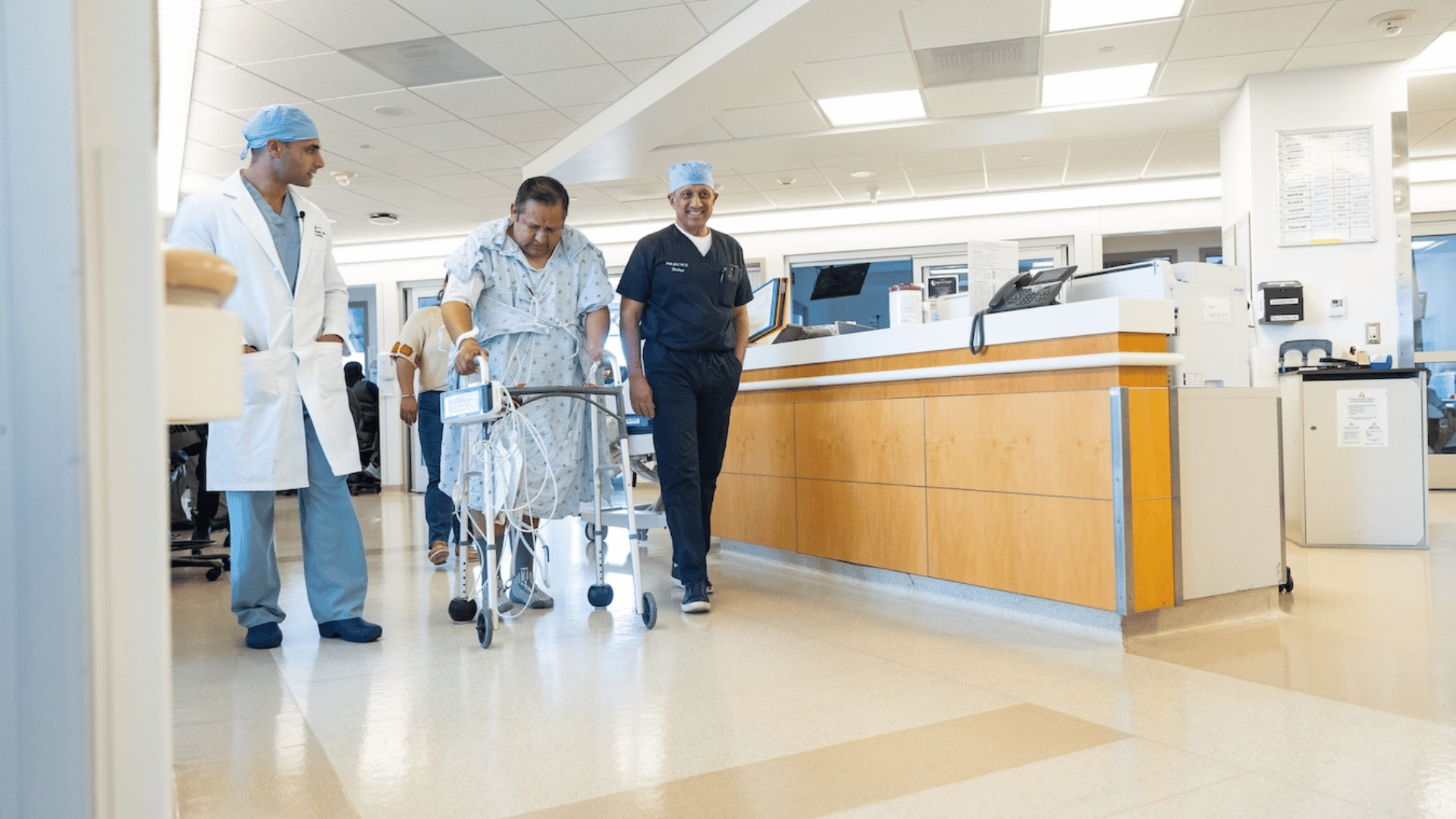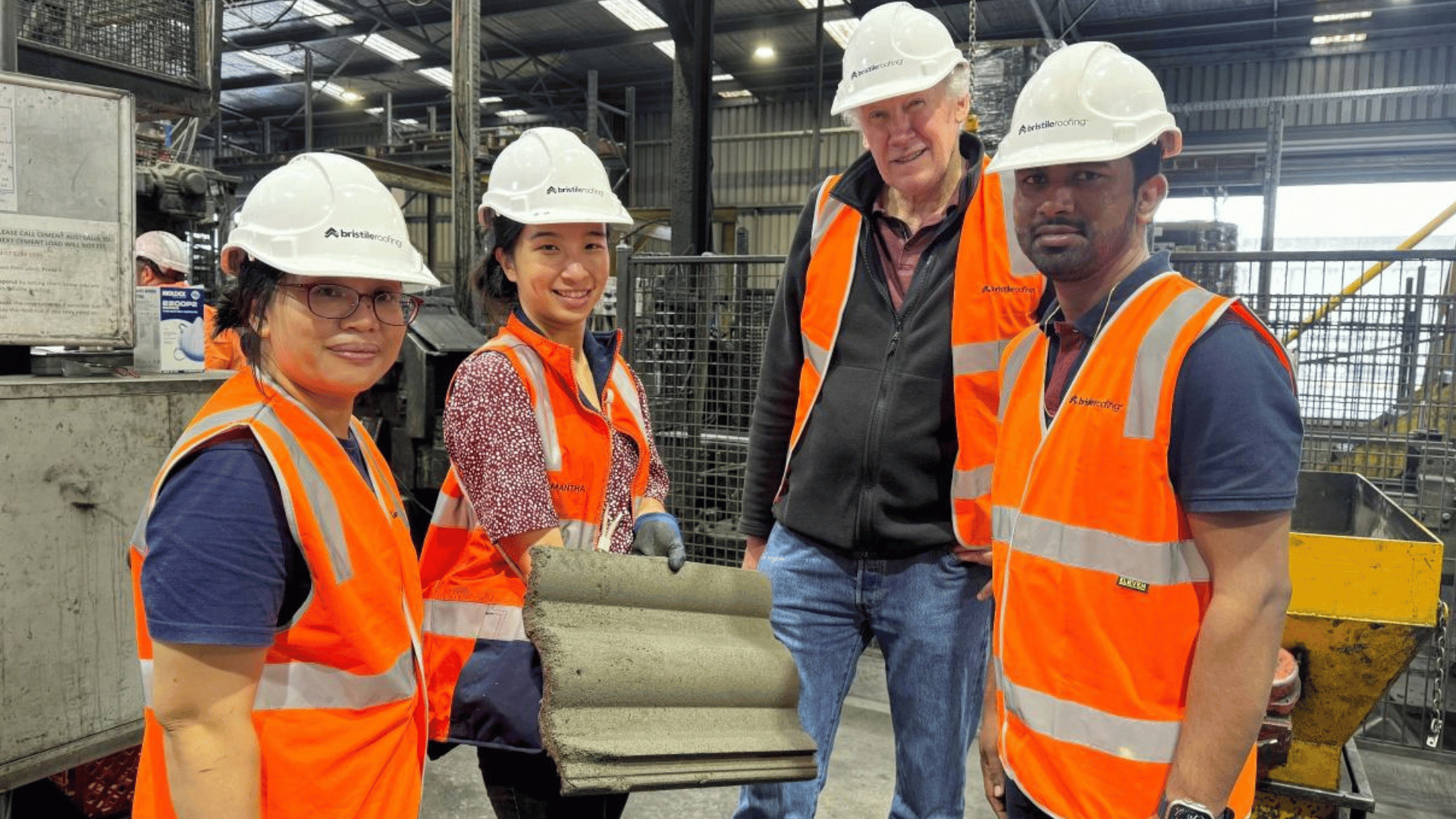Surgeons from UCLA Health and Keck Medicine of USC successfully performed the world’s first bladder transplant. The historic surgery could potentially be a game-changer for people suffering from bladder dysfunction and pain.
World’s First Bladder Transplant

UCLA urologic transplant surgeon Dr. Nima Nassiri and the founding executive director of the USC Institute of Urology, Dr. Inderbir Gill, worked on refining the new technique for years.
“This first attempt at bladder transplantation has been over four years in the making,” said Nassiri. “For the appropriately selected patient, it is exciting to be able to offer a new potential option.”
The patient is a 41-year-old man who had previously lost most of his bladder from a tumor removal. Both of his kidneys were removed due to cancer and end-stage kidney disease. The novel procedure involved the transplantation of a new bladder and kidney, which came from a donor. First, the surgical team transplanted the new kidney, then the new bladder. The technique that the surgeons pioneered involved connecting the new organs.
The procedure took 8 hours in total, and according to the surgeons, the results were “quickly evident.”
“The kidney immediately made a large volume of urine, and the patient’s kidney function improved immediately,” Nassiri said. “There was no need for any dialysis after surgery, and the urine drained properly into the new bladder.”
“Despite the complexity of the case,” Gill said, “everything went according to plan and the surgery was successful. The patient is doing well, and we are satisfied with his clinical progress to date.”
However, since the technique and procedure are so new, there are unknowns associated with them. For example, they’re unsure of how the bladder will function over time and how much immunosuppression they need to prevent organ rejection.
Perfecting the Procedure

“This surgery is a historic moment in medicine and stands to impact how we manage carefully selected patients with highly symptomatic ‘terminal’ bladders that are no longer functioning,” said Gill. Transplantation is a lifesaving and life-enhancing treatment option for many conditions affecting major organs, and now the bladder can be added to the list.
Before the novel procedure, a bladder transplant had never been performed. This is because of the pelvic area’s complex vascular system and the technical complexity of a procedure. Most procedures create a “new” bladder, involving the replacement or augmentation of the urine reservoir. However, these techniques and procedures come with short and long-term risks.
“A bladder transplant, on the other hand,” Nassiri said, “results in a more normal urinary reservoir and may circumvent some short- and long-term issues associated with using the intestine.”
The research and development included numerous practice surgeries, including the first robotic bladder retrievals and transplantations. In addition, they conducted non-robotic trial runs of bladder recovery, allowing them to perfect the technique.







